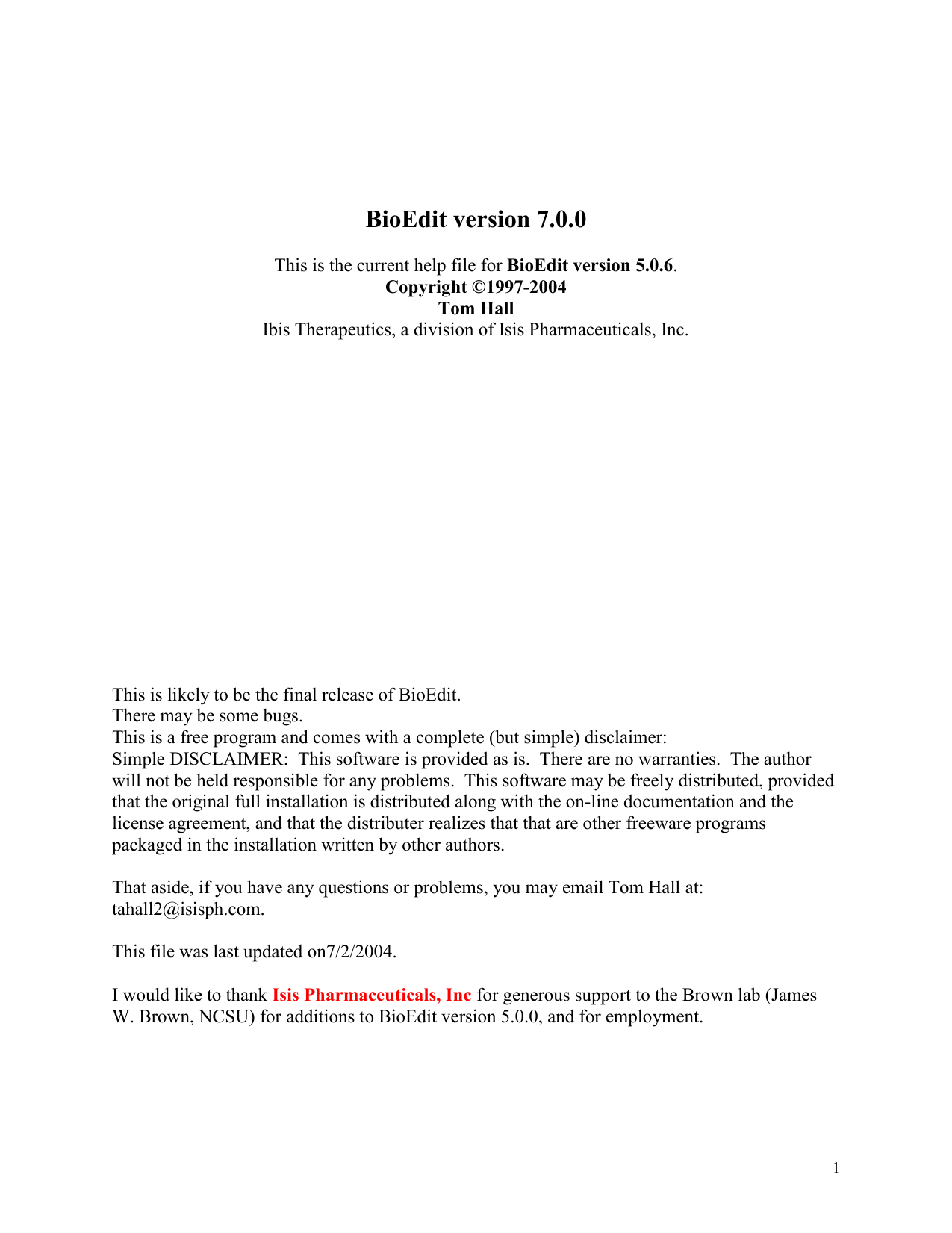

The RAG1 dataset (2862 sites) was obtained from Townsend et al. This resulted in 360 C-mos sites, 723 RAG2 sites, 732 R35 sites, 444 HOXA13 sites, 330 JUN sites, 81 α-enolase sites, 336 amelogenin sites, and 324 MAFB sites. Amino acid properties were used, and ambiguous gaps deleted. Sequence analysis Sequence entry and alignment (19 taxa) were performed manually with the MUST2000 software. The new sequences have been deposited in GenBank. Accession numbers of sequence data obtained from GenBank are listed in Appendix C. The two strands obtained for each sequence were aligned using the BioEdit Sequence Alignment Editor program. Both strands of the PCR products were sequenced using the BigDye sequencing kit (Applied Biosystems) in the ABI Prism 3100-Avant Genetic Analyser. The sets of primers used for amplification and sequencing are listed in Appendix B. DNA extraction was performed using the DNeasy Tissue Kit (Qiagen). For the same reason, within Iguania, we used iguanid representatives, which evolve more slowly than Acrodonta (Chamaeleonidae and Agamidae). Les relations phylogénétiques entre les familles actuelles de squamates sont inférées par analyses de séquences de neuf gènes nucléaires codant pour des protéines (C-mos, RAG1, RAG2, R35, HOXA13, JUN, α-énolase, amélogénine, MAFB). Les squamates comprennent environ 8000 espèces actuelles et forment une composante majeure de la faune de vertébrés terrestres. Résumé La phylogénie des squamates (lézards, serpents, et amphisbènes) inférée à partir de neuf gènes nucléaires codants. Molecular time estimates show that the Triassic and Jurassic (from 250 to 150 Myr) were important times for squamate evolution and diversification. Thus iguanians should not be viewed as representing a primitive state of squamate evolution but rather a specialized and successful clade combining lingual prehension, dependence on visual cues, and ambush foraging mode, and which feeds mainly on prey avoided by other squamates. 1440 sp.), is in a highly nested position rather than being basal among Squamata. Our study also rejects the monophyly of both Scleroglossa and Autarchoglossa, because Iguania, a species-rich lineage (ca. Our results reject several previous hypotheses that identified either the varanids, or a burrowing lineage such as amphisbaenians or dibamids, as the closest relative of snakes. Episquamata includes Laterata (Teiformata, Lacertiformata, and Amphisbaenia, with the latter two joined in Lacertibaenia) and Toxicofera (iguanians, anguimorphs and snakes). The Unidentata, squamates that are neither dibamids nor gekkonids, are divided into the Scinciformata (scincids, xantusiids, and cordylids) and the Episquamata (remaining taxa). Of the remaining taxa (Bifurcata), the gekkonids form a basal lineage. The limbless dibamids are the most basal squamates. Our phylogenetic analyses yield a largely resolved phylogeny that challenges previous morphological analyses and requires a new classification. Here we expand the molecular data to include DNA sequences, totaling 6192 base pairs (bp), from nine nuclear protein-coding genes (C-mos, RAG1, RAG2, R35, HOXA13, JUN, α-enolase, amelogenin and MAFB) for 19 taxa representing all major lineages.

However, the established relationships of the higher-level groups have been questioned in recent molecular analyses. Organisms with 16S rDNA sequences most closely related to those of sulfate reducers became predominant,Ībstract Squamate reptiles number approximately 8000 living species and are a major component of the world's terrestrial vertebrate diversity. As the acetate injection continued over 50 days there was a loss of sulfate from the groundwater and an accumulation of sulfide and the composition of the microbial community changed. Fe(II) in the groundwater also increased during this period, suggesting that U(VI) reduction was coincident with Fe(III) reduction. Analysis of 16S ribosomal DNA (rDNA) sequences and phospholipid fatty acid profiles demonstrated that the initial loss of uranium from the groundwater was associated with an enrichment of Geobacter species in the treatment zone. U(VI) concentrations decreased in as little as 9 days after acetate injection was initiated, and within 50 days uranium had declined below the prescribed treatment level of 0.18 �M in some of the monitoring wells.
#Bioedit sequence identity matrix series
Acetate (1 to 3 mM) was injected into the subsurface over a 3-month period via an injection gallery composed of 20 injection wells, which was installed upgradient from a series of 15 monitoring wells. The potential for removing uranium from contaminated groundwater by stimulating the in situ activity of dissimilatory metal-reducing microorganisms was evaluated in a uranium-contaminated aquifer located in Rifle, Colo.


 0 kommentar(er)
0 kommentar(er)
